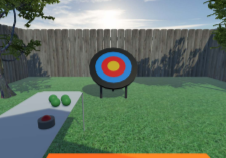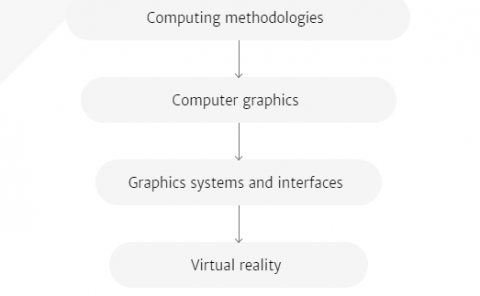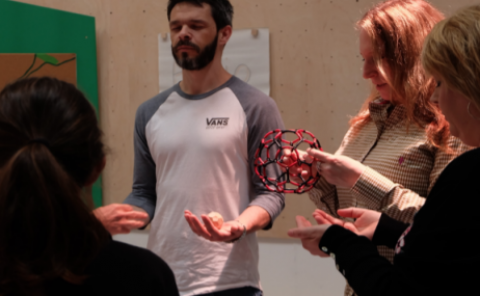Evaluation of different types of haptic feedback influencing the task-based presence and performance in virtual reality
PubDate: June 2019
Teams: Nuremberg Institute of Technology
Writers: Julian Kreimeier;Sebastian Hammer;Daniel Friedmann;Pascal Karg;Clemens Bühner;Lukas Bankel;Timo Götzelmann

Abstract
Haptic feedback may support immersion and presence in virtual reality (VR) environments. The emerging market of consumer devices offers first devices which are expected to increase the degree of feeling being actually present in a virtual environment. In this paper we introduce a novel evaluation that examines the influence of different types of haptic feedback on presence and performance regarding manual tasks in VR. Therefore, we conducted a comprehensive user study involving 14 subjects, who performed throwing, stacking and object identification tasks in VR with visual (i.e., sensory substitution), vibrotactile or force feedback. We measured the degree of presence and task-related performance metrics. Our results indicate that regarding presence vibrotactile feedback outperforms haptic feedback which performs better than visual feedback only. In addition, force feedback significantly lowered the execution time for the throwing and the stacking task. In object identification tasks, the vibrotactile feedback increased the detection rates compared to the vibrotactile and force feedback, but also increased the required time of identification. Despite the inadequacies of the still young consumer technology, there were nevertheless strong indications of connections between presence, task fulfillment and the type of haptic feedback.


